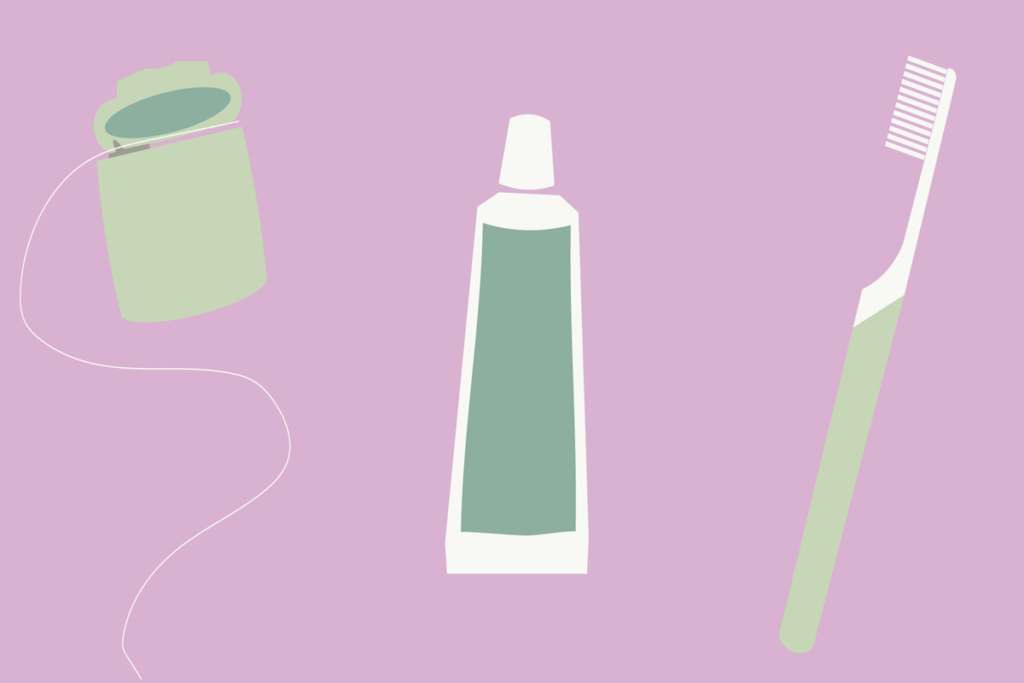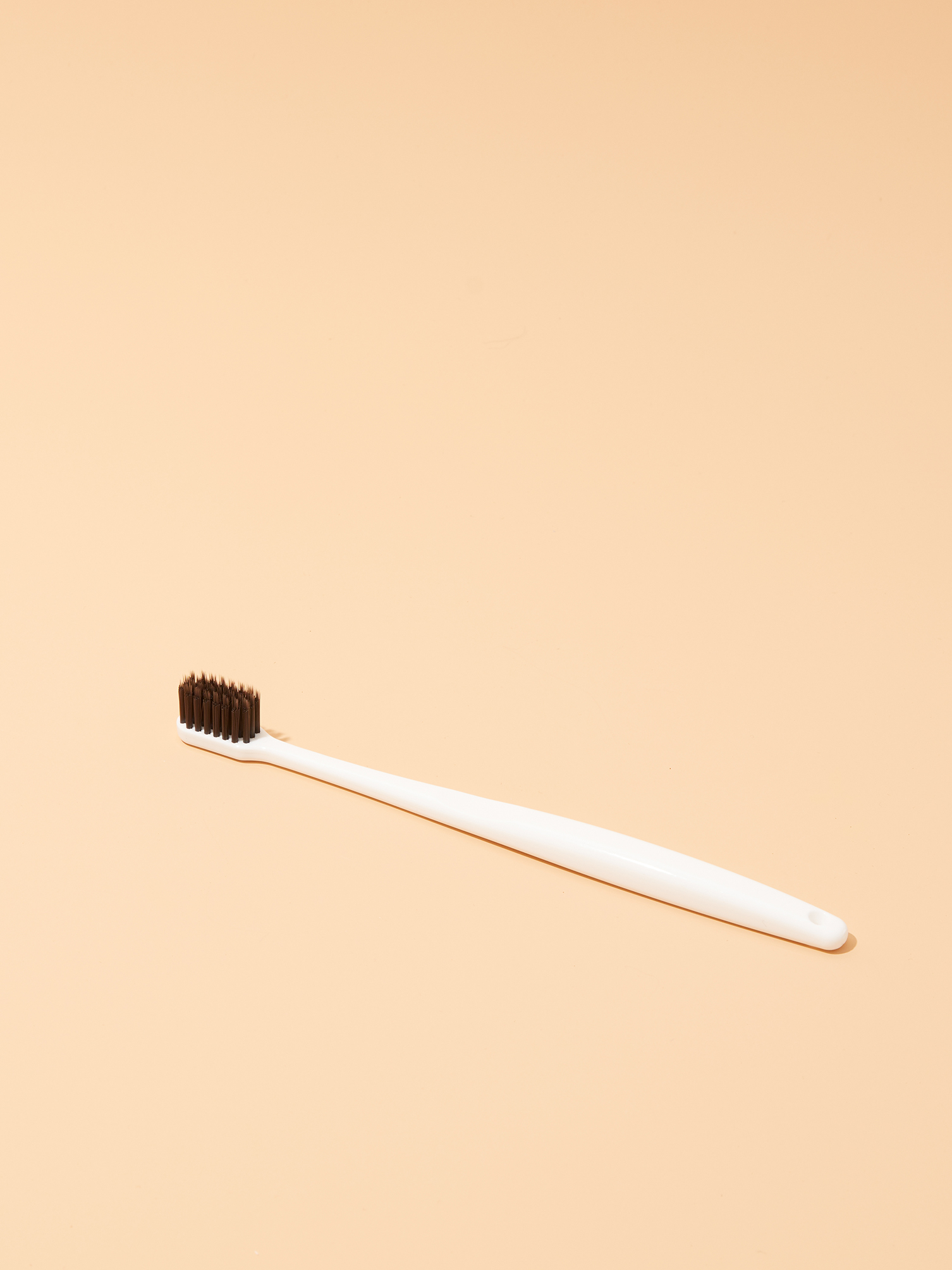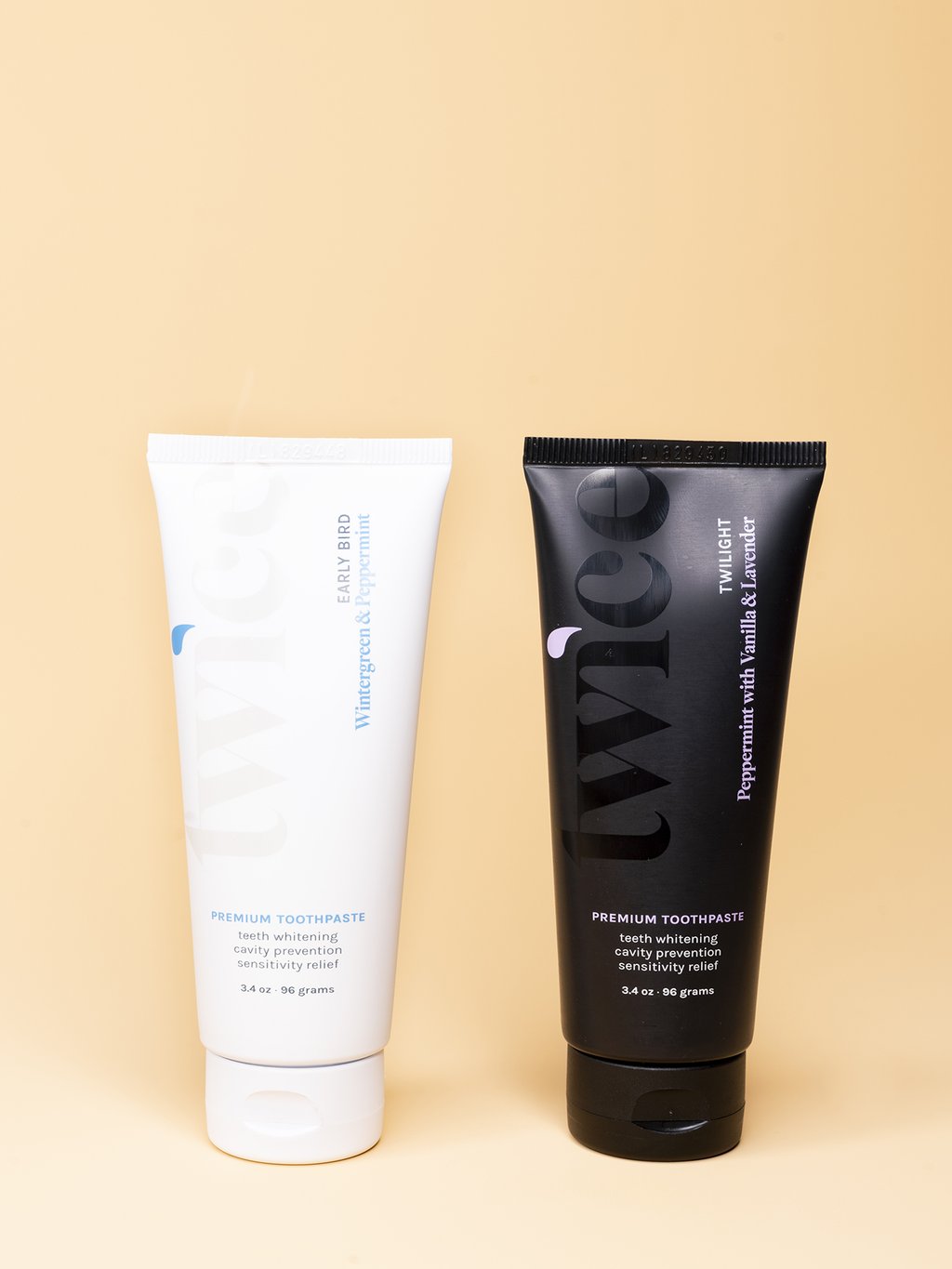
You juice or cleanse. You exercise or practice yoga. You eat organic or you’re vegan / vegetarian. Maybe you meditate. Or see a therapist. Or journal. In other words, you’re a self-care enthusiast who’s dedicated to creating a healthy mind, body and spirit. But no amount of yoga classes, facials, scented candles, or massages make up for jacked up teeth and bad breath. So ask yourself this: Do you apply the same mindfulness to your oral health as you do your physical, mental, and emotional well-being?
Did you know that the health of your mouth affects the health of your body? And that the health of the body is often reflected in the mouth? This is what’s called the oral-systemic link. Poor oral health such as gingivitis, periodontitis, and tooth decay (to name a few) has been linked to several health conditions, including diabetes, heart disease, high blood pressure, high cholesterol, Alzheimer’s, gut and digestive issues (think: ulcers, colitis, and the like), premature or low birth weight, and even erectile dysfunction. If you have a guy friend with bad breath, you might want to share that with him – see if he starts carrying floss with him everywhere.
Now if none of these things are issues you’re currently dealing with and you always get a gold star from your dentist and dental hygienist, good for you! But who hasn’t been worried about bad breath, tooth decay, or bleeding gums at least once in their life?
Your oral health routine should be just that – a routine. Think of it like you would your skincare routine – it has steps, and you should do them daily and in the correct order. Step 1: Floss, at least once a day. Step 2: Brush twice a day for two minutes each time. (preferably with an electric toothbrush, but more about that later). Step 3: Use a tongue scraper (or brush your tongue) at least once a day. Step 4: Rinse with a rinse of your choice. It could be as simple as water, or you can add hydrogen peroxide to the water (equal parts water and hydrogen peroxide), or salt. And of course you can buy an over-the-counter mouthwash.
According to an article in US News and World Report, by Steve Sternberg in May 2016 researchers analyzed data from 9056 adults aged 30+ from 2009-2012. Findings: 30% of population floss daily. Slightly over 32% say they never floss.
In other words, if you don’t floss regularly, you’re not alone, but it’s still not a good excuse to skip it. Flossing is important because your toothbrush only cleans 60-65% of the tooth surface. It doesn’t get in between your teeth. You wouldn’t leave 40% of your body unwashed (hopefully!) Flossing your teeth cleans the tooth surface in between the teeth that brushing can’t reach while removing the invisible plaque that forms within minutes of you brushing. This is important because it is the bacteria under the gums that causes inflammation and bleeding (and odor). If flossing just isn’t your thing; there are many alternatives to traditional flossing such as floss picks, interdental brushes, and water flossers.
Let’s talk about brushing (or lack thereof). Research tells us that most people spend, on average, 30 seconds brushing their teeth. The recommended brushing time is 2 minutes – and that’s with an electric toothbrush! I know you might think that 2 minutes is forever, but it is a great opportunity to practice what you do in other self care practices like meditation and yoga: BEING PRESENT!
Why “go electric”? First of all, the speed of an electric toothbrush allows for the toothpaste to get in between the teeth better. Second, there’s a timer, so theoretically you can’t cheat those two minutes. Third, the spinning or the vibrating of the brush heads on an electric toothbrush eliminates the need for you to scrub (the back & forth motion), therefore reducing the chance of causing gum recession and/or enamel erosion. Lastly, most if not all newer electric toothbrushes pause every thirty seconds. This encourages you to brush in quadrants (upper right, lower right, lower left, upper left) at 30 seconds per quadrant, all of which forces you to pay attention.
Cleaning your tongue is very important and dates back thousands of years. It’s a common practice in Aruyvedic medicine, which considers the tongue to be an indicator of the overall health of the body. You can brush your tongue with your toothbrush or you can use a tongue scraper – either will do. But think of your tongue as a rug – it has hairs all over it that trap bacteria which contribute to bad breath, decay, and gum disease. The number one cause of bad breath is a “dirty” tongue. I suggest cleaning your tongue twice a day, but if you’re only going to do it once, do it in the morning – it greatly reduces dreaded morning breath, and your co-workeers will be grateful.
Rinsing should be the final step in your oral health routine.It can be as easy as swishing water from the faucet around in your mouth for several seconds, or you can buy a rinse that will help with specific conditions in your mouth that you want to address. For example, if you are often diagnosed with tooth decay – cavities, you may want to support your teeth with additional fluoride in your rinse. If you have gingivitis, there are several mouthwashes (both natural and more “chemical” ones that address this issue. What you want to avoid is a rinse that just states that it “freshens breath”. That’s a temporary fix for bad breath. The best way to get rid of bad breath is to do all the steps already discussed.
Hopefully after reading this you’ll be just as thoughtful towards your oral health as you have been to other things (like your physical and mental health). There are lots of products available to help you improve your oral health. And remember, your mouth is the gateway to your body. It’s not like Vegas – What happens in your mouth does not stay in your mouth.
To save on an electric toothbrush, use code NDKQUN at burstoralcare.com and shop some of our options below.
Binchotan Charcoal Toothbrush
 Binchotan Charcoal Toothbrush by MorihataNeed This Now| $10
Binchotan Charcoal Toothbrush by MorihataNeed This Now| $10
The Duo: Early Bird and Twilight
 The Duo Early Bird and Twilight by TwiceNeed This Now| $18.99
The Duo Early Bird and Twilight by TwiceNeed This Now| $18.99
–
Feature Image via Hannah Amini

